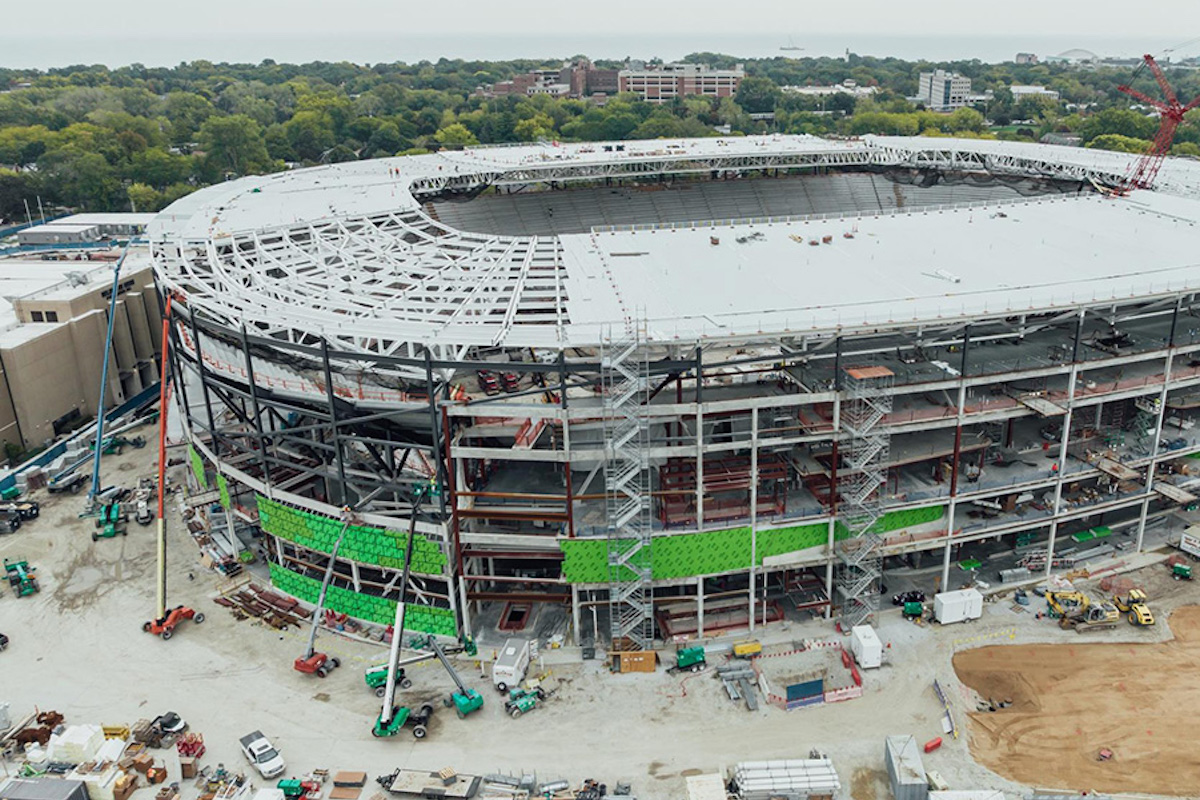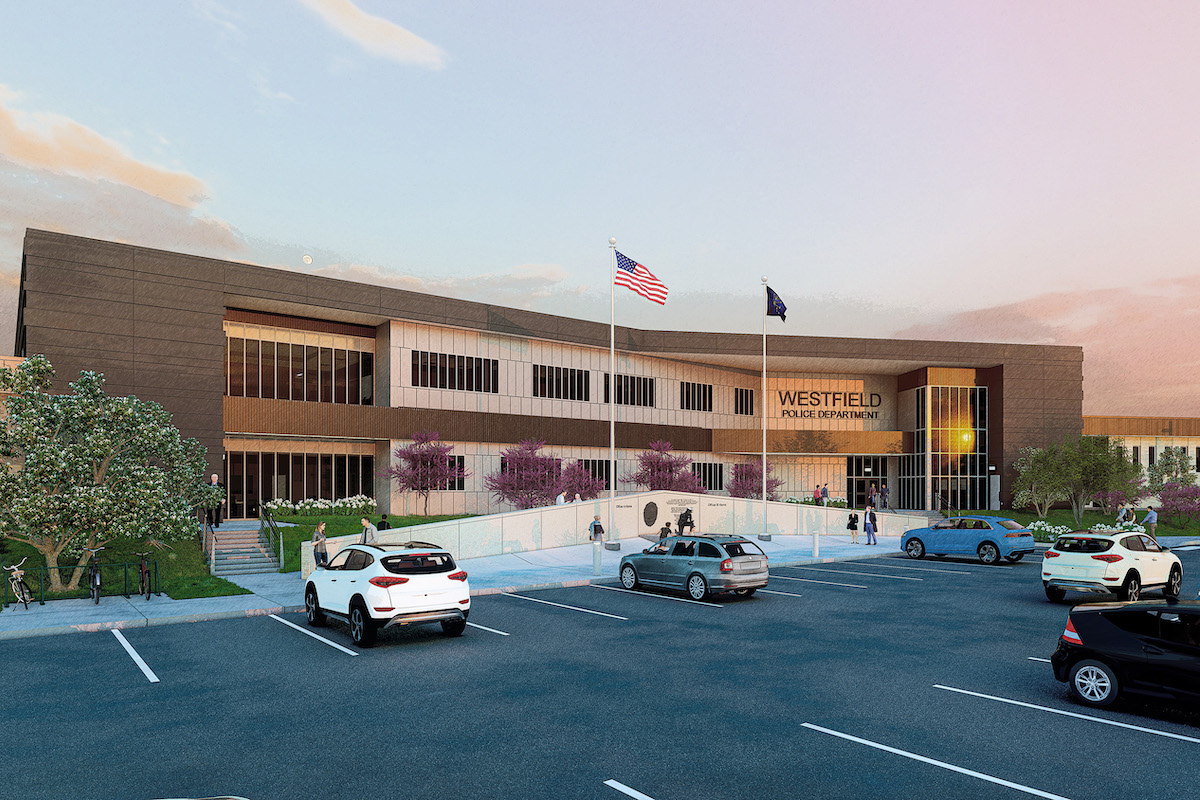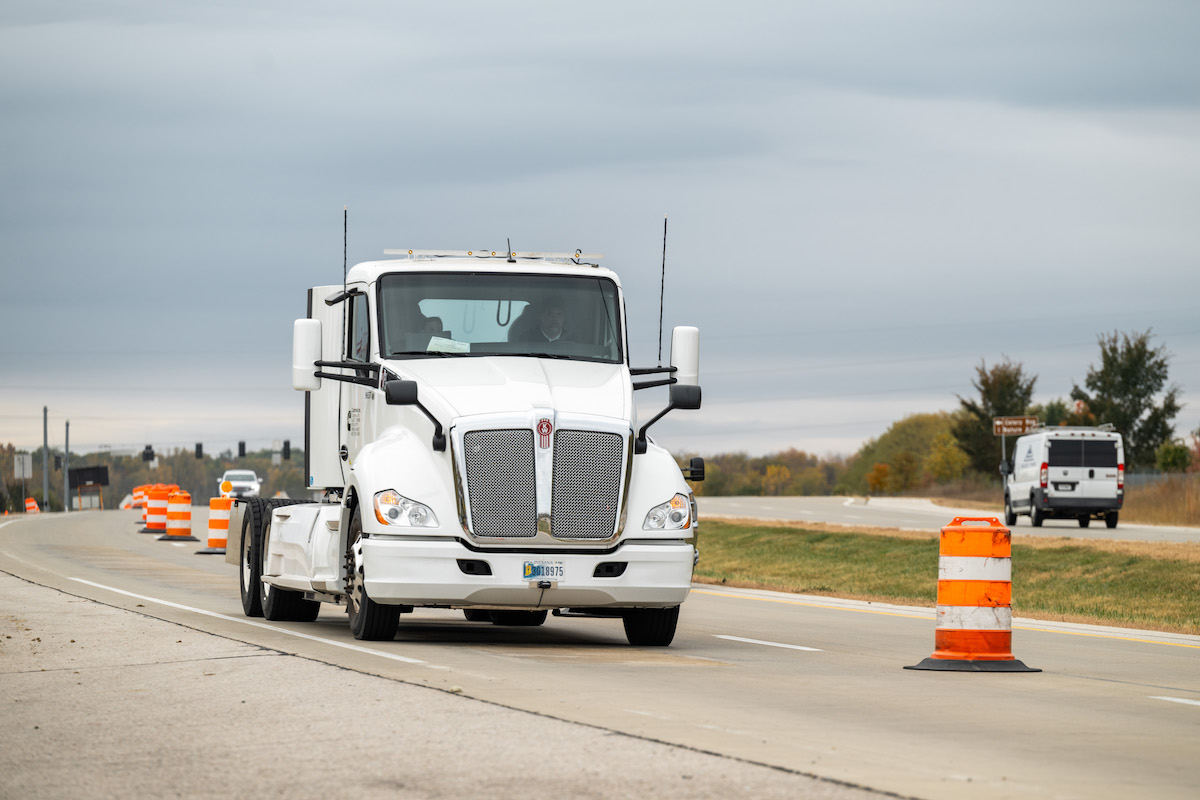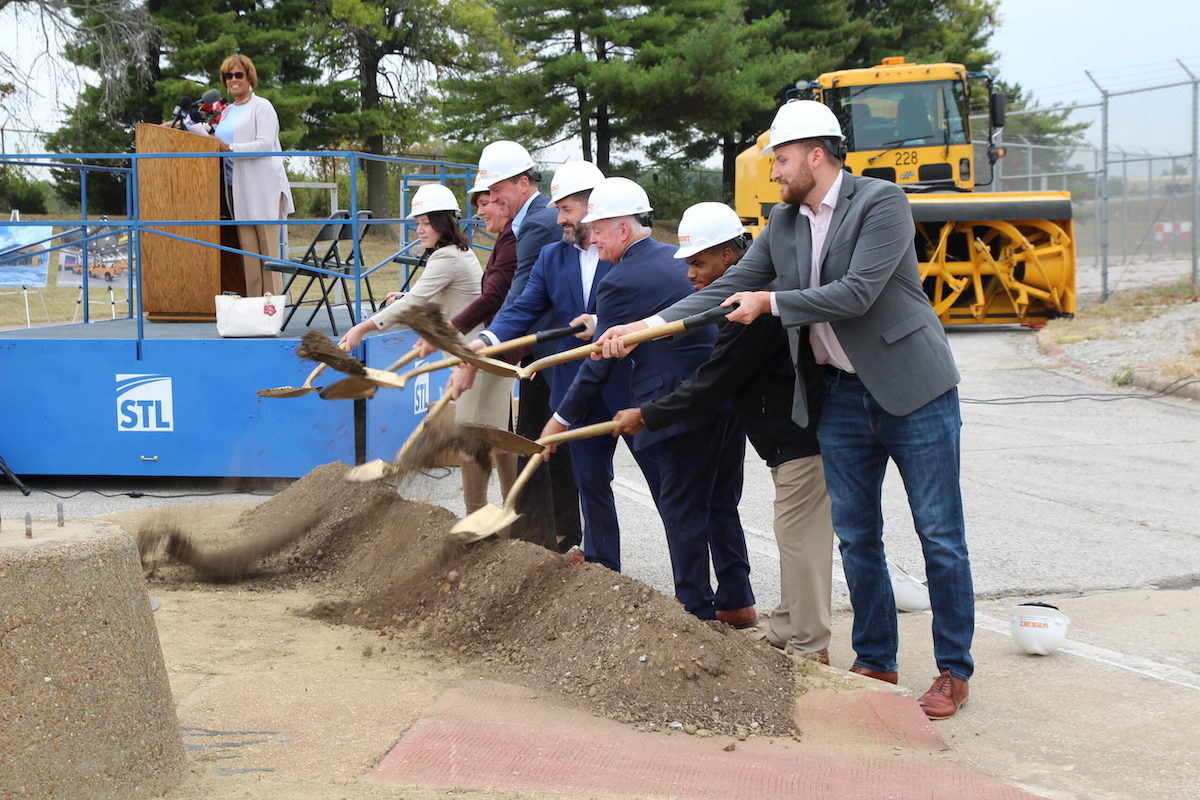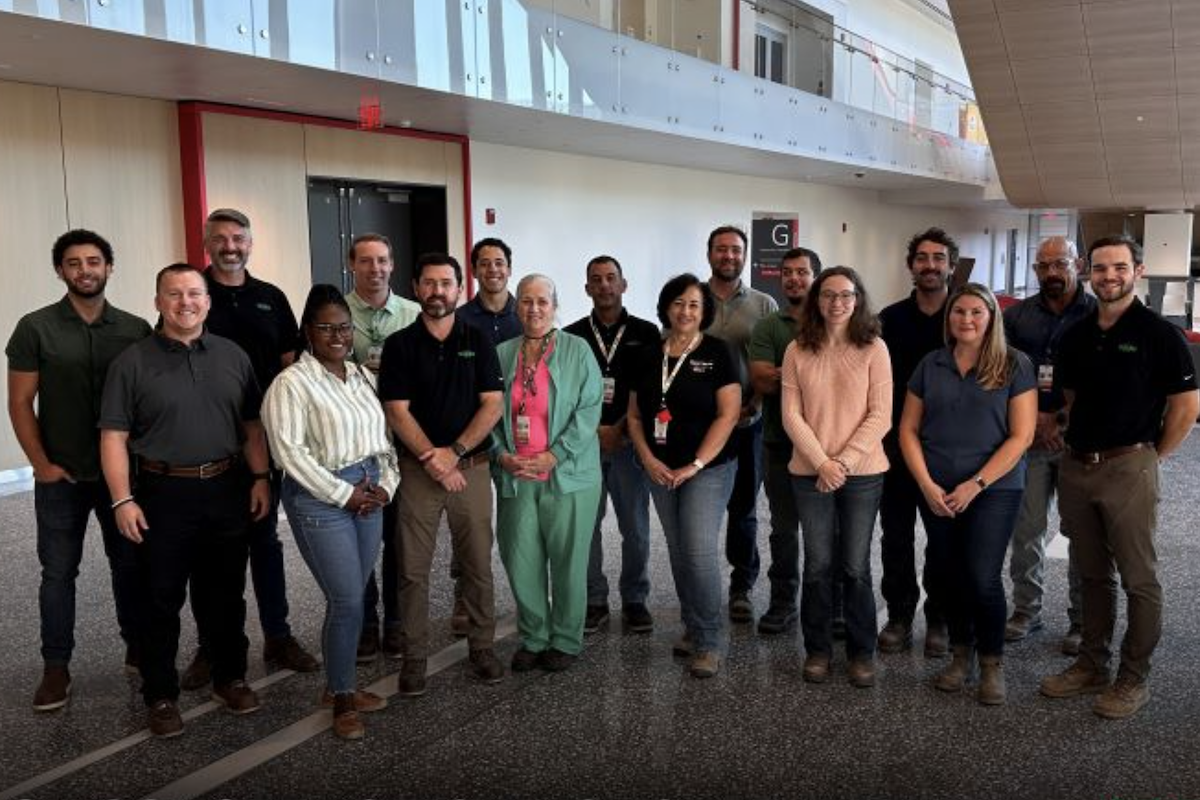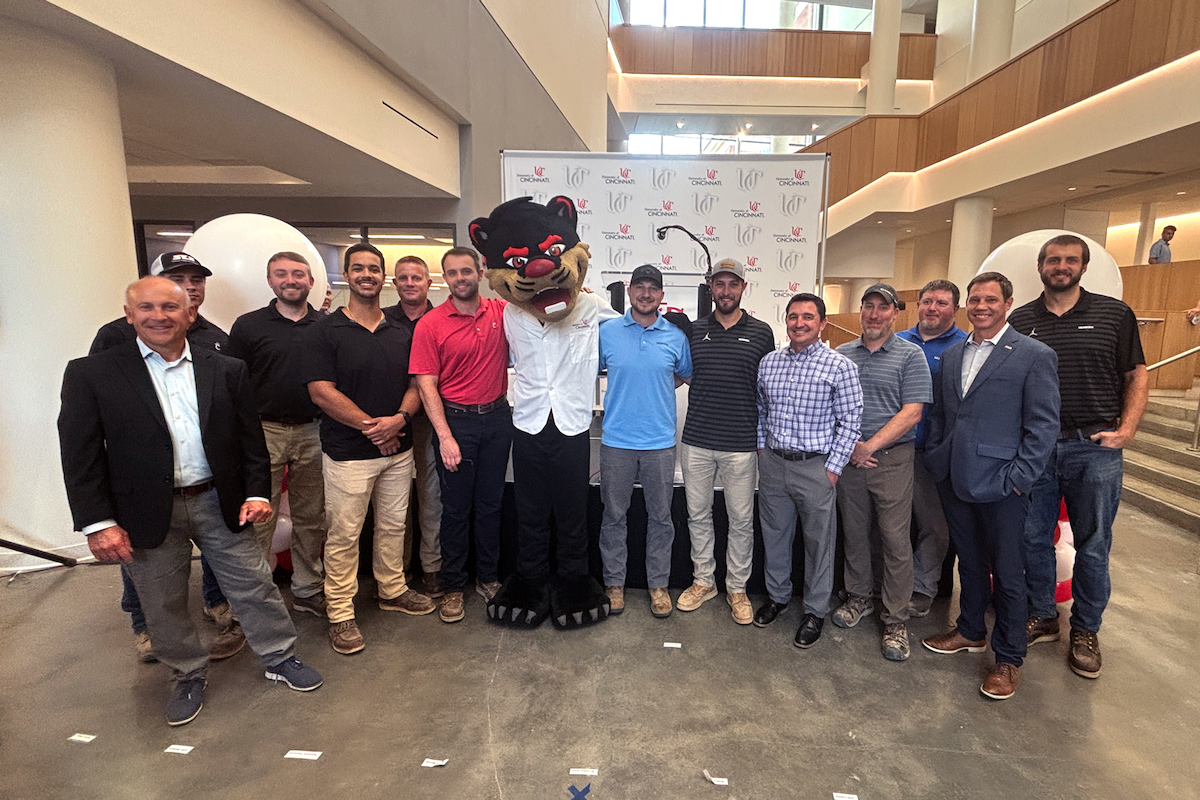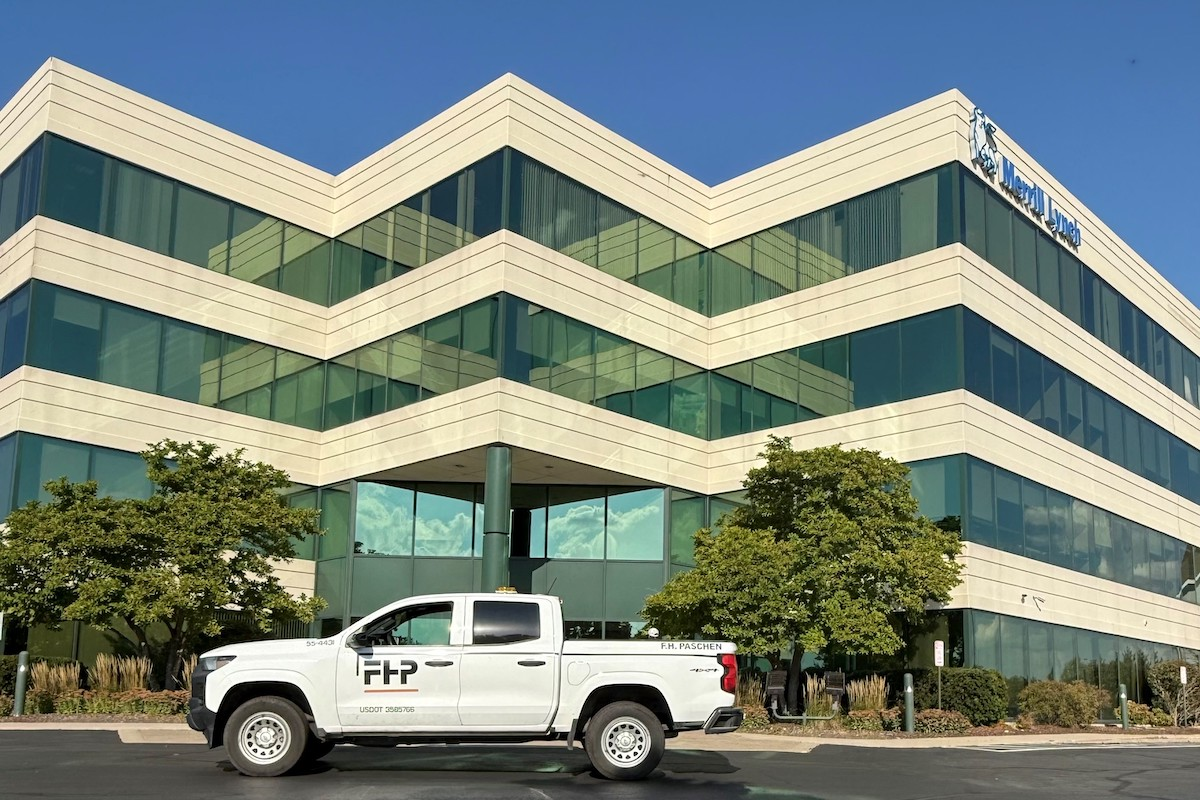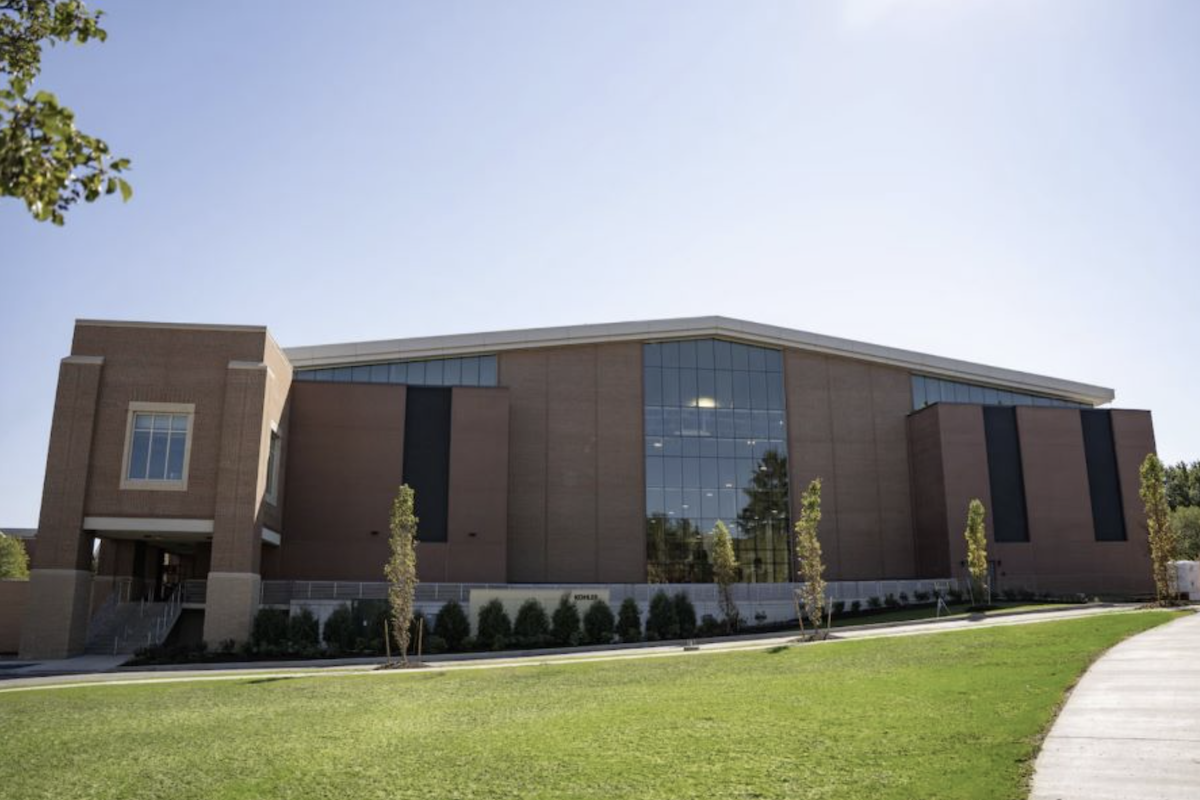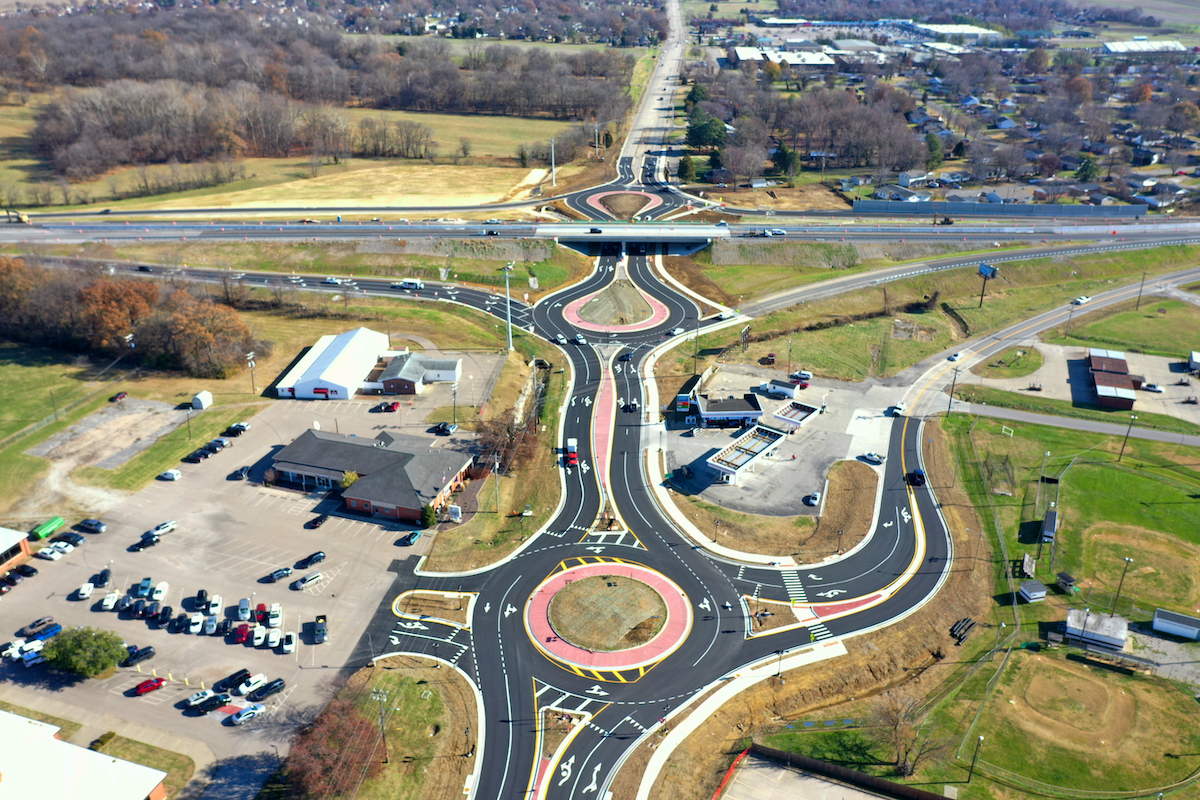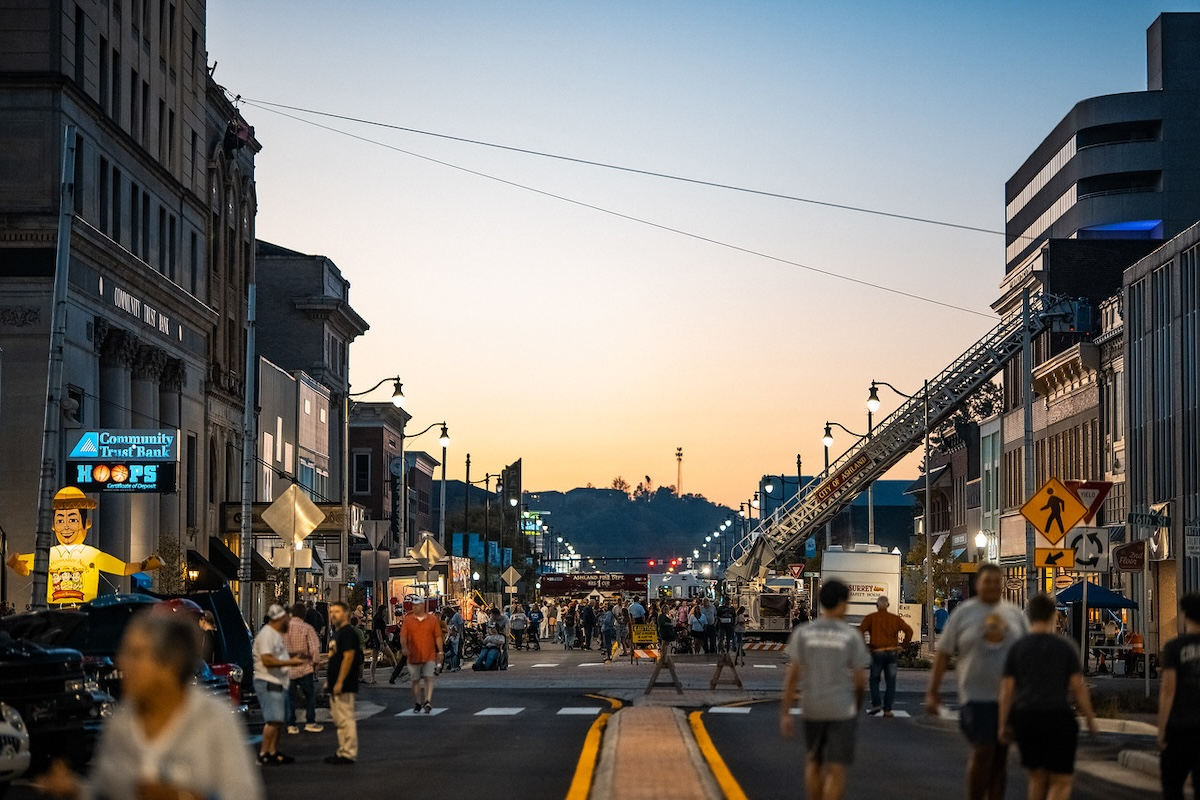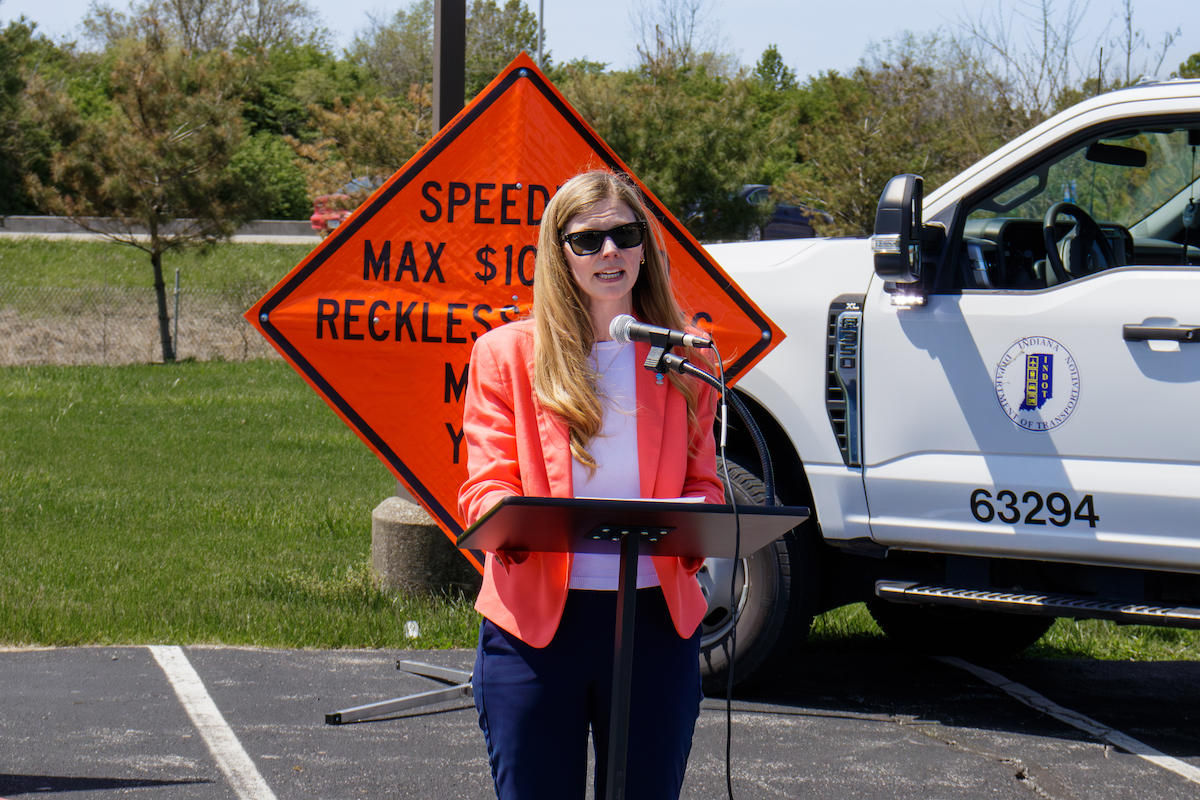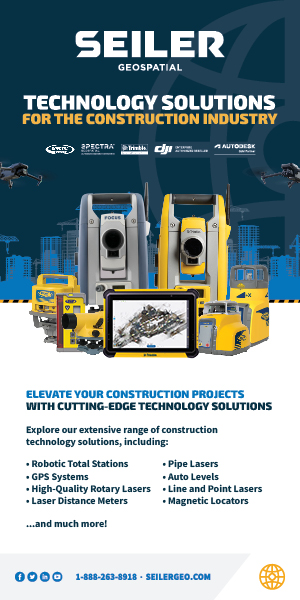ST. LOUIS, MO — The
American Council of Engineering Companies (ACEC) has recognized an
HDR project in St. Louis with a national award. The Poplar Street Bridge Widening and Rehabilitation was the recipient of an Honor Award from ACEC.
St. Louis’ Poplar Street Bridge was a groundbreaking achievement when it opened in 1967 — the first long-span bridge utilizing an orthotropic steel deck plate in the United States and the only bridge to carry three interstates. The bridge (built as two parallel two-girder bridges) connects St. Louis, Missouri, and East St. Louis, Illinois, carrying approximately 100,000 vehicles each day.
As that traffic increased, the Missouri Department of Transportation (MoDOT) saw the need for the bridge to be widened, expanding the eastbound bridge to five lanes. A new overlay was also needed, as the bridge’s unconventional deck design was infamous for its poor riding surface and its need for almost continuous maintenance.
HDR served as the preliminary and final bridge designer for MoDOT’s $54-million Poplar Street Bridge widening and rehabilitation, solving both problems. The longest, heaviest existing bridge slide in the U.S. made room for an extra lane, and an alternative to typical overlay materials improved durability on a bridge with unique considerations.
St. Louis’ Big Slide
To improve operations at the I-64/I-55/I-70 interchange, the bridge needed to expand to five eastbound lanes. But a conventional widening approach had been rejected multiple times as cost prohibitive. And as a busy thoroughfare, the road could not be closed for long periods of construction. HDR's designers came up with a solution that was known locally as “St. Louis’ Big Slide.” The entire 2,165-foot, 20.4-million-pound eastbound structure was picked up and moved nine feet south on its existing supports. The westbound and eastbound bridges were then connected to expand the eastbound lanes.
This approach saved approximately $5 million over conventional widening and eliminated in-river work. While bridge slides have become more commonplace in industry, moving an existing bridge of this size over a major river was unprecedented at the time. By connecting the pair of two-girder bridges, the rehabilitated structure now performs as a single four-girder structure, thereby also increasing redundancy.
A More Durable Surface
HDR also proposed an alternative solution to typical overlay materials. The bridge’s orthotropic design meant it was built with an asphalt surface on top of a steel deck plate, rather than a typical concrete deck. This made the bridge considerably lighter, but it also led to years of maintenance issues. So the team developed an alternative solution: a four-inch-thick steel fiber reinforced, lightweight concrete overlay with a layer of mild steel mechanically connected to the steel deck plate using more than 500,000 end-welded shear studs. This long-lasting roadway surface provides durability, improved riding surface, and increases deck stiffness to limit future fatigue cracking for up to 40 additional years with minimal maintenance.


















